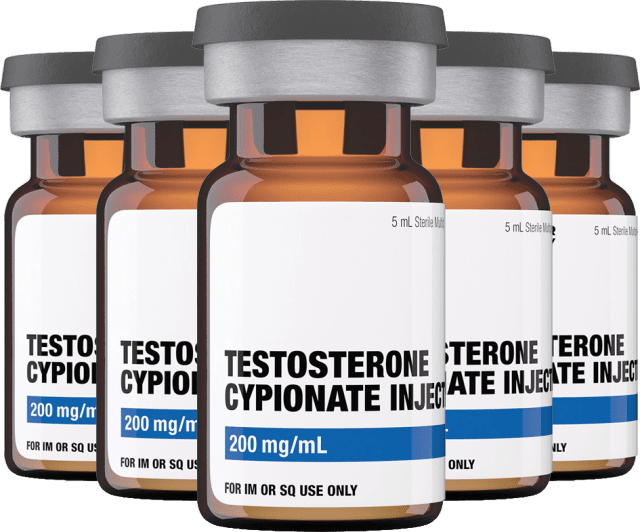Ageing can present many challenges, such as declining energy, reduced strength, and diminished libido. For men, one contributing factor to these changes can be low testosterone levels.
Testosterone replacement therapy (TRT) may provide a solution, but understanding the costs involved is an important part of deciding if it’s the right choice for you.
What is testosterone?
Testosterone is a key hormone primarily produced in the testicles, playing an essential role in several bodily functions, including:
- Maintaining bone density
- Building muscle mass
- Supporting a healthy s*x drive
As men age, testosterone levels naturally decrease. While this decline is normal, some men experience an unusually significant drop in levels, a condition referred to as low testosterone or “low T.”
Understanding Low Testosterone
Low testosterone occurs when the body produces insufficient amounts of this vital hormone. It’s typically diagnosed when testosterone levels fall below 300 nanograms per decilitre (ng/dL) in adult men, although the specific threshold may vary slightly.
Costs of Testosterone Replacement Therapy (TRT)
If diagnosed with low T, treatment focuses on restoring testosterone levels to a healthy range. The costs of TRT can depend on factors such as:
- The type of treatment method chosen
- Whether or not you have insurance coverage
- The frequency of treatment
Many insurance plans cover TRT if a low testosterone diagnosis is confirmed through a blood test. However, the out-of-pocket costs for treatment can vary depending on your insurance policy, deductibles, and co-pays. Contacting your insurance provider can help you better understand which forms of TRT are covered and what your financial responsibilities may be.
Below is a breakdown of common TRT options and their typical costs:
- Topical gels or creams: Applied daily to the skin, these release testosterone gradually and cost between $200 and $500 per month.
- Injections: Administered every 1 to 4 weeks, injections cost approximately $30 to $100 each, depending on dosage and frequency.
- Patches: Worn on the skin, patches release testosterone throughout the day and cost between $300 and $600 per month.
- Pellets: Implanted under the skin, they gradually release testosterone over 3 to 6 months and cost around $1,000 to $2,000 per procedure.
Your healthcare provider can provide detailed information on treatment options and their associated costs.
ALSO READ: NetOne Launches Telemedicine Virtual Hospital in Chirumhanzu, Expanding Healthcare Access
Signs: You May Have Low Testosterone
Low T can impact both physical and mental health. Common symptoms include:
- Persistent fatigue or low energy
- Reduced s*x drive
- S*xual dysfunction
- Loss of muscle mass
- Increased body fat
- Difficulty concentrating or memory issues
- Mood changes, such as depression or irritability
- Reduced bone density, increasing the risk of fractures
- Hair thinning or loss
If you suspect you might have low T, a doctor can perform a blood test to measure your testosterone levels. Doctors may also perform additional testing to rule out other conditions, such as pituitary gland issues, that could contribute to the hormone imbalance.
The Cost of Not Addressing Low Testosterone
While TRT involves financial considerations, the potential consequences of leaving low T untreated can be significant for your overall health and well-being. Common long-term effects of untreated low testosterone include
- Chronic fatigue, leading to decreased productivity
- Persistent s*xual dysfunction
- Progressive loss of muscle mass and strength
- Increased fat accumulation
- Reduced bone density, leading to a higher risk of fractures
- Depression or increased irritability
These symptoms can drastically reduce quality of life, both physically and emotionally. Investing in TRT may help prevent these negative outcomes and improve overall life satisfaction.
